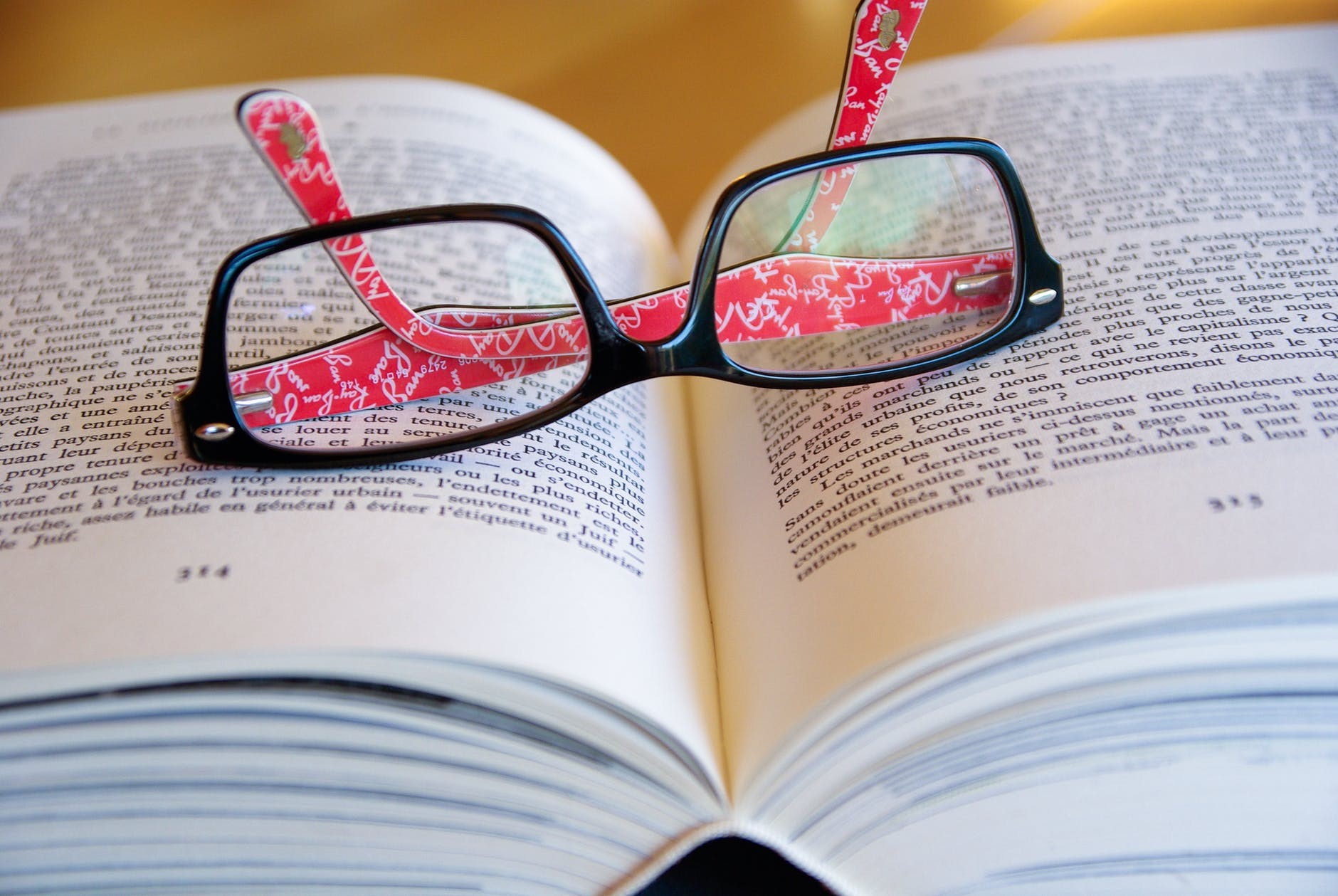
Thanks to modern technologies, the translation process itself has been significantly simplified. Actually, the translation process begins with the study of the text, preparation for the translation of the most significant and complex fragments of the text. Modern translation uses a variety of computer technologies that are designed to increase productivity. This requires many technical competencies from the translator. This applies to data processing for translation, translation, verification, editing, and quality control. To maintain its competitiveness, a translator must have many programs that are designed to perform translation. These include file pre-processing, translation, creation, and formatting of final files, as well as various checks.
Relationship Between Technology And Translation
The translation is required when submitting documents abroad, when doing business with foreign partners, for consular legalization, complex technical translation may be required. Any legal or medical translation is a significant challenge. This is due to a large number of special terms and the need to convey the essence of these terms. Thanks to modern technologies, the translation process itself has been significantly simplified.
Many means of automating translation processes are now used. Programs are used to manage translation memory, quality control, project coordination, payment accounting, and communication with clients and performers. Each of these programs allows you to manage a specific process, i.e. perform a separate function in the overall process of translation management. Most of these programs fall into the category of “translation management systems” (TMS). However, none of them cover all processes in the company. The term “TMS” has become so vague that it means completely different systems. Let’s try to understand what categories TMS systems are divided into.
- SmartCAT is able to find and label all special terms in the presented text. Computer-assisted translation or computer-aided translation (CAT) is a translation from one language to another. The translator uses computer equipment to optimize and translate. Modern CAT tools are developed on the basis of a large number of tools, whose purpose is to speed up the work of the translator and increase its performance by performing certain tasks with a computer. The program will find the correct form of translation, regardless of the word form used. The program will not get lost or confused. This is extremely important and this is what guarantees a correct translation with the transfer of the semantic meaning of the text.
- A variety of dictionaries are available. Due to the complete archive of dictionaries, you can always find a translation for a word. Use professional translation services to be sure you have a good translation. This is very helpful when translating legal or medical texts, which abound in whole phrases consisting of specific terms.
- It is possible to memorize translated texts. Translation memory is a database that contains a field with a segment in the source language, a field with a segment in the target language, and a field with metadata. Another option is to compare existing translated documents, instead of gradually forming and expanding them while working. They remain in memory and when working with similar fragments of text, they are removed from memory. Accordingly, they can be delivered to a newly translated document. And if you need to adjust, you can make changes.
- QA programs from Quality Assurance are tools for finding common errors in translation texts by certain parameters. They work exclusively with bilingual files that are created as a result of SAT programs. Their task is to analyze the source and translated text in a certain segment and register all suspicious matches. When finished, the user receives a report with errors found and decides whether these are really errors or just false positives.
- The program also uses machine translation. Modern machine translation systems are based on large text and rely on computing to build statistical translation models. The larger the original body of texts and the more correct the rules, the more accurate will be the result of the engine of machine translation. New systems typically use a hybrid and a neural type of machine translation. For the convenience of users, there are several machine translation systems: Google, Yandex, and Microsoft translator. However, if you have your own translation systems, you can attach them.
Machine translation has led to the emergence of a new type of activity – post-editing. The person working with machine translation should be aware of the frequent and common errors inherent in machine translation. So that are 5 Reasons to Use Human Translation in Business Over the Machine that you can read. Also, be able to assess when it is advisable not to use the proposed machine translation, but instead re-translate the fragment with which the problem arose.
Translation Becomes Simpler

Obviously, the need for translations of text documents has existed since the beginning of their appearance. The first tools for translating at the household level were dictionaries, which allowed translating only individual words or phrases. With the advent of computer technology, translation has become much simpler. Voice interpreters and online interpreters are available. There are also programs designed for qualified translators. However, they are not able to replace the experience and knowledge of the translator. Therefore, the basis of correct translation was and remains a specialist.

Michael is a passionate writer who has expertise in a variety of fields – from relationships and motivation theories to technology and education. He cares about what he writes and has a great eye for details. His hobbies include programming and reading.


















